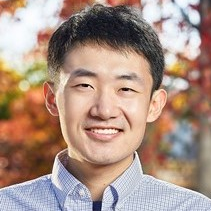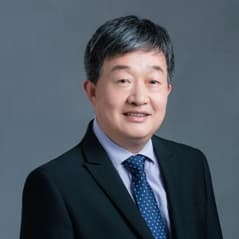Supramolecular Transporters and Channels for Ion/Water Translocation
A special issue of Molecules (ISSN 1420-3049). This special issue belongs to the section "Cross-Field Chemistry".
Deadline for manuscript submissions: closed (30 April 2023) | Viewed by 1621
Special Issue Editors
Interests: artificial water channels; biomimetic membranes; water treatment; self-assembly; COFs
Interests: nanofluidics; carbon nanotube; membrane separation; self-assembly; ion transport
Interests: membranes; biomimetic and bioinspired materials; COFs; separation; catalysis
Special Issue Information
Dear Colleagues,
Membrane transporters and channels widely exist in biological systems and have evolved to achieve their vital functions of exchanging substances and regulating cellular activity. As alternatives, in recent decades, supramolecular transporters and channels have been developed through the self-assembly of small functional molecules that have high transport activity and high selectivity. These transmembrane superstructures are constructed by employing a variety of reversible non-covalent interactions, such as hydrogen bonds, electrostatic interactions, halogen bonding, and van der Waals forces. Supramolecular artificial transporters and channels can be used not only to treat channelopathies, but also to understand the mechanism of their natural counterparts, paving the way for broad applications in biomimetic membranes, water treatment, biosensing, drug delivery, and nanotechnologies.
This Special Issue of Molecules will focus on recent innovative advances in supramolecular artificial transporters and channels for ion/water translocation. Topics are not limited to the abovementioned studies, but can cover all research areas concerning the substance exchange of supramolecular materials, including water treatment, drug delivery, protein delivery, and gas separation. Original research papers, communications, and review articles on any of these aspects are welcome.
Dr. Libo Huang
Dr. Yuhao Li
Prof. Dr. Zhongyi Jiang
Guest Editors
Manuscript Submission Information
Manuscripts should be submitted online at www.mdpi.com by registering and logging in to this website. Once you are registered, click here to go to the submission form. Manuscripts can be submitted until the deadline. All submissions that pass pre-check are peer-reviewed. Accepted papers will be published continuously in the journal (as soon as accepted) and will be listed together on the special issue website. Research articles, review articles as well as short communications are invited. For planned papers, a title and short abstract (about 100 words) can be sent to the Editorial Office for announcement on this website.
Submitted manuscripts should not have been published previously, nor be under consideration for publication elsewhere (except conference proceedings papers). All manuscripts are thoroughly refereed through a single-blind peer-review process. A guide for authors and other relevant information for submission of manuscripts is available on the Instructions for Authors page. Molecules is an international peer-reviewed open access semimonthly journal published by MDPI.
Please visit the Instructions for Authors page before submitting a manuscript. The Article Processing Charge (APC) for publication in this open access journal is 2700 CHF (Swiss Francs). Submitted papers should be well formatted and use good English. Authors may use MDPI's English editing service prior to publication or during author revisions.
Keywords
- supramolecular transporters and channels
- artificial water/ion channels
- ion transporters
- transmembrane transport
- biomimetic membranes
- lipid bilayer
- self-assembly








